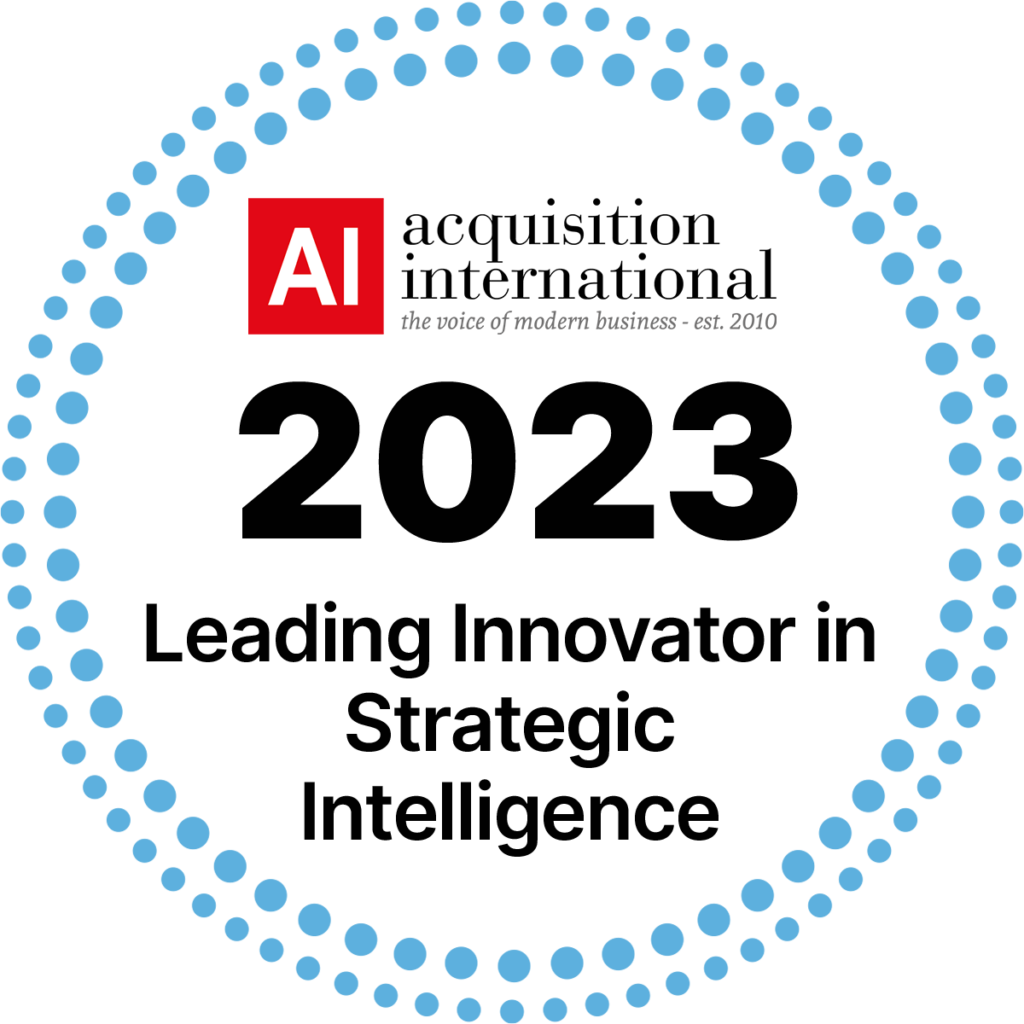Published: October 18, 2016
There were several valuable presentations on day one of the Society of Insurance Research (SIR) conference in Scottsdale, Arizona. Keynote speaker Bill Harnett of Harnett Advisors discussed how every business is now subject to technology disruptions, Moore’s Law and the exponential change it brings.
Bill asserted that “every industry is becoming a tech company,” and over time he will be right. Currently, he explains, there are three ways in which most insurance companies manage risk:
1) Eliminate it
2) Transfer it
3) Insure it
What are technology disruptions?
With technology disruptions, such as driverless cars, there will eventually be less risk to insure, and this wouldn’t just be limited to cars. Driverless buses and trucks are in development. This is projected to result in fewer accidents and less deaths, and services such as telematics may become obsolete as vehicle sensors make autonomous vehicles (AV) driving safer and more efficient. AV will free up 50-minutes a day to drivers, parking garages and parking space requirements will be massively reduced, and vehicle crashes are expected to fall by 90%. Think about the impact that has on companies that insure these things.
While some experts estimate that it will be 2050 before AV will be the primary mode of transportation, Bill believes that by 2020 you will start to see more autonomous vehicles on the road as companies like Ford have committed to producing a series of autonomous cars by then. Even Uber has plans to ultimately have no drivers.
Technology such as 3D printing will also impact the insurance market. There is virtually no limit to what can be constructed via 3D printing. There is new technology connected to very large 3D printers that are able to build a 3D printed home, and in China this has already been put into practice. This kind of technology will certainly impact on the property and casualty insurance market.
Bill also made the point that not only has technology be taking over blue-collar jobs, but it is coming after white-collar jobs. With technology like IBM’s Watson, that can read thousands of documents in seconds, faster than any human can read, this technology is able to quickly find correlations across different types of content that humans don’t have the capacity to do. For instance, be able to examine different treatments for various kinds of cancer to identify new treatments. It’s estimated that by 2023 that computers like Watson will be able to think just as the human brain, and by 2050 that these computers will have to power to assimilate data equal to all the brains on the planet.
So, be prepared for technology to both disrupt and innovate every industry. The future capability of technology is exciting, but also a little scary, and industries that have been major money-makers in the past may not exist at all, or will exist in a very different capacity, in the future.













